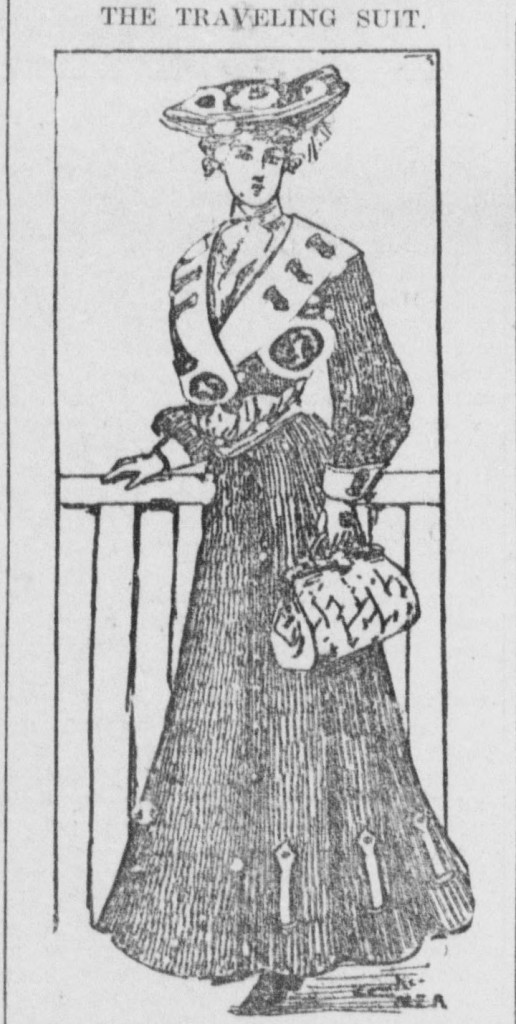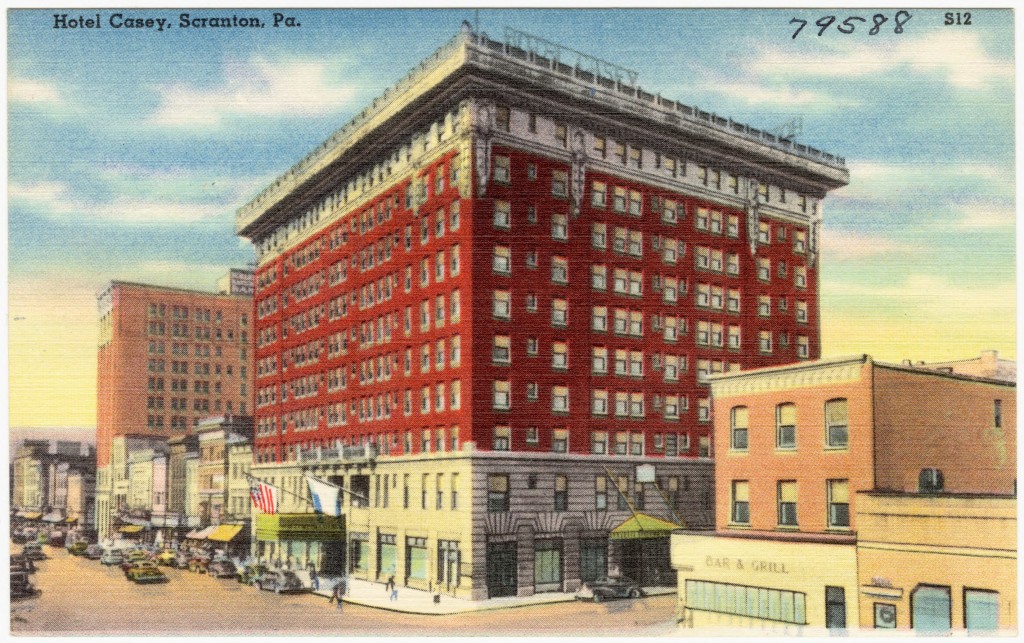Many people assume that the wedding customs currently followed in their subculture all have very deep roots. When I was growing up, I assumed that all Euro-American brides had worn white gowns for at least hundreds of years, and that their weddings had always had the order and timing you saw in mid-century America.
My knowledge of wedding practices came mainly from cartoons and sitcoms, and the rhyme listing what a bride needs for luck: ”Something old, something new, something borrowed, something blue, and a sixpence in her shoe.” My mother-in-law gave me a sixpence coin, and I had all five items on my person when I got married in 1990, believing I must be following some ancient British tradition. However, according to Brides magazine, the earliest written reference to this rhyme and custom is in an 1871 periodical out of Lancashire.
Up to the late 19th century, the vast majority of English, Irish and American newspaper marriage announcements were very brief, giving no hint as to people’s attire, the ceremony or the celebration afterwards. The marriages of “ordinary” people did not often make the paper at all, especially in England and Ireland. If you were important enough to have your wedding mentioned, the typical British or Irish announcement reads something like “Lately, in Such-and-Such church, by the Rev. So-and-So, Mr. John Smith to Miss Jane Jones, [eldest/second/third etc.] daughter of Thomas Jones, [his profession or title] of Someplace.”
But by 1900 many American papers devoted significant space to describing local couples’ weddings. Sometimes the detail is almost excruciating, down to the accessories worn by the mothers of the bride and groom and the flowers in every bouquet. It is very interesting to compare these descriptions to modern weddings, and to see how some customs have changed in a mere hundred years.
Based on newspaper accounts, I would say that my husband’s Irish Catholic relatives in Scranton, Pennsylvania in the earlier 1900s had weddings that were quite different from any wedding I have ever been to. For one thing they could be scheduled on any day of the week except Sunday, rather than the now ubiquitous Saturday.
The busy Sunday mass schedule of most churches left no room for nuptial masses, but Monday through Saturday were all workdays for most people because the five-day work week had not yet been established. Since you could only get married on a workday anyway, it made no difference which day that was. And for some reason these weddings almost always took place in the morning, sometimes as early as six o’clock!
Another difference was the bride’s costume, which was usually stylish and colorful rather than old-fashioned and white. Her outfit is described either as a gown or, much more often, a “smart suit” or “traveling suit.” Wearing less formal clothing may have enabled the bride to leave on the honeymoon without changing. Blue was by far the most popular color for bridal wear of either type.

Rather than any sort of veil, the bride usually donned a wide-brimmed “picture hat” matching the rest of her ensemble, so called because of the resemblance to 18th century hats in portraits by Gainsborough and similar artists. Her maid or matron of honor would typically wear a dress or suit in a different color, with her own matching picture hat. (Generally the bride and groom had only one attendant each, most often a sibling but sometimes a cousin or friend.)

After the wedding there was always a breakfast, sometimes at the bride’s parents’ home but often at the Hotel Casey.

The newlyweds usually left for their honeymoon in New York City, Chicago or elsewhere by train the same day, so maybe the early wedding gave them time to catch their train, and to get away before they were completely exhausted. Sometimes wedding guests would accompany the couple to the train station to see them off, throwing the traditional rice at them there.